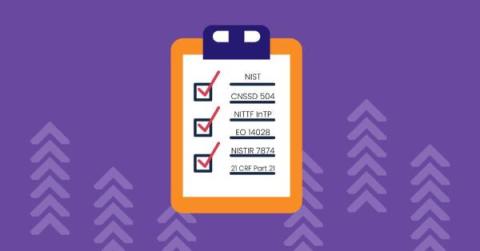Security | Threat Detection | Cyberattacks | DevSecOps | Compliance
Latest Posts
Veriato vs. Teramind: A Head-to-Head Comparison
Types of Insider Threats Risking Your Company's Security
The Surprising DarkNet Connection Between Job Insecurity and Insider Threats
5 Strategies for Cutting the Costs of Insider Threats
Where Insider Threats Hide Out in a Segmented Network
Government Frameworks and Regulations for Insider Threats
HackerOne: Hacked from the Inside
When it comes to hackers exploiting vulnerabilities in their software, organizations have two choices: They can fight the multi-headed hydra — or they can try to buy them off. And thus was born the bug bounty. Of course the situation is a bit more complicated than that, but ever since Peiter C.
3 Critical Elements of Effective Insider Risk Management
Whether businesses are grappling with rapidly changing market conditions, continued pandemic disruptions, geopolitical conflicts, or shifting workplace arrangements, threat actors are looking to take advantage of the moment to undermine network integrity or compromise data privacy. In many ways, their efforts are bearing fruit. According to a recent industry survey, 66 percent of respondents indicated they experienced a ransomware attack in 2021, a 29 percent year-over-year increase.
5 Effective Tips for Securing Government Agencies Against Insider Threats
The uptick in recent years in cyber attacks by rival state actors, primarily Russia and China but not only, as well as criminal groups, have pushed the US government to step up its effort to defend against these malicious actors. While much of the focus has been on external actors, there has also been an ongoing effort to secure government organizations from internal threat actors. Insiders present a serious risk because they have authorized access to be inside the organization.






